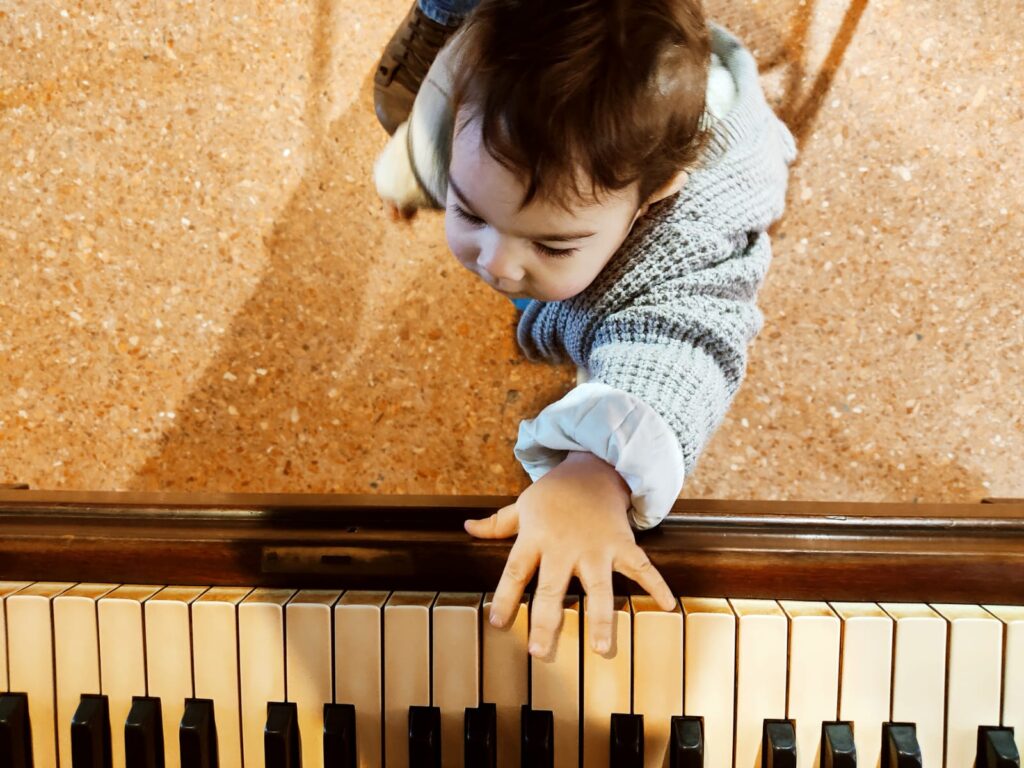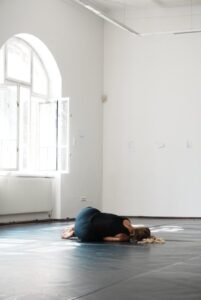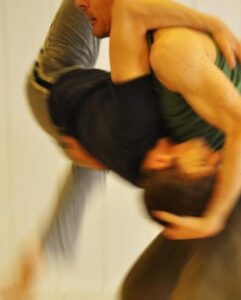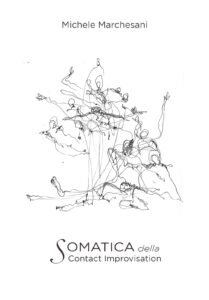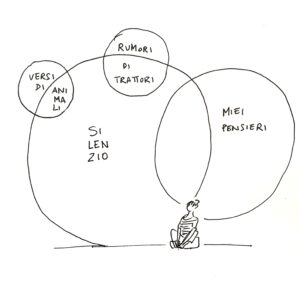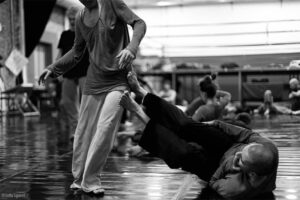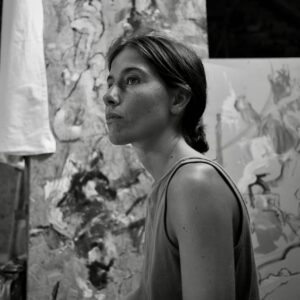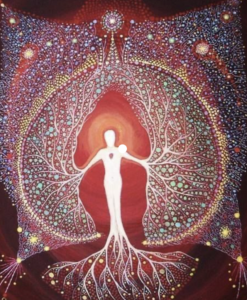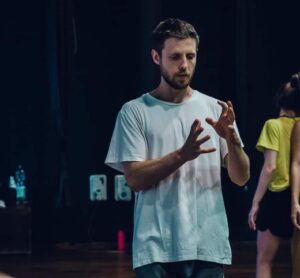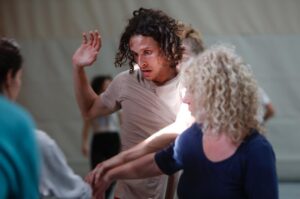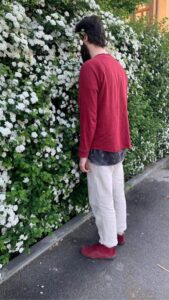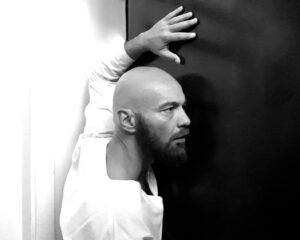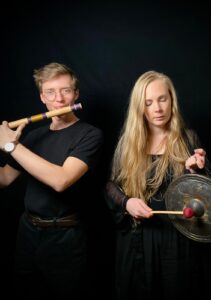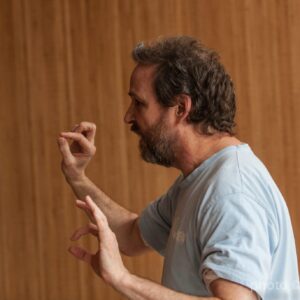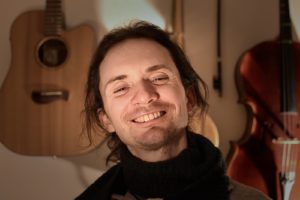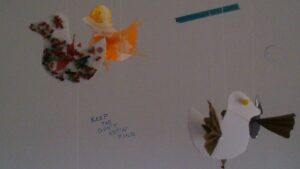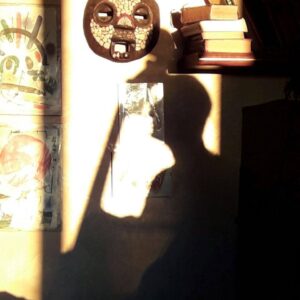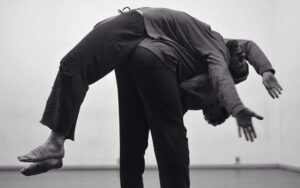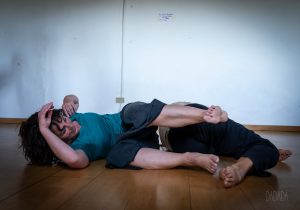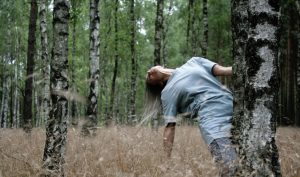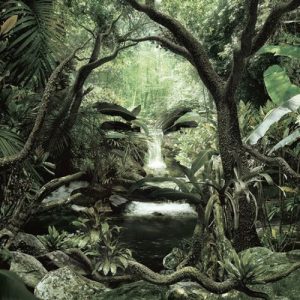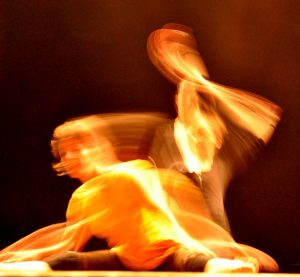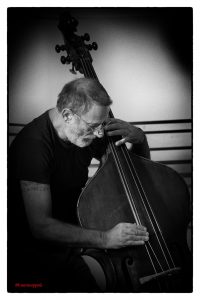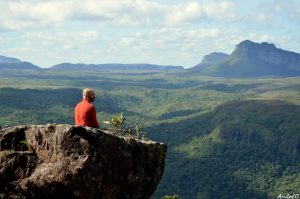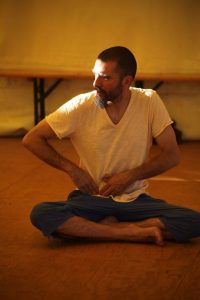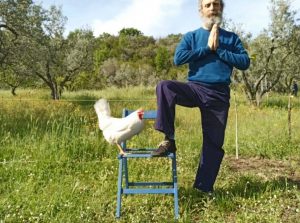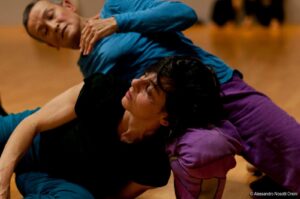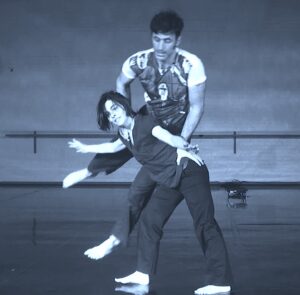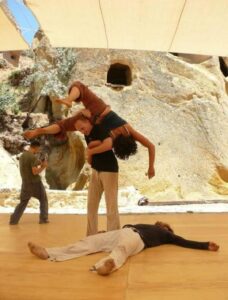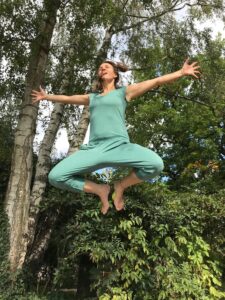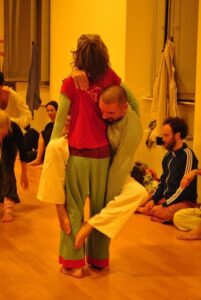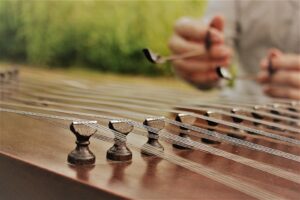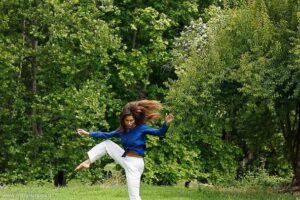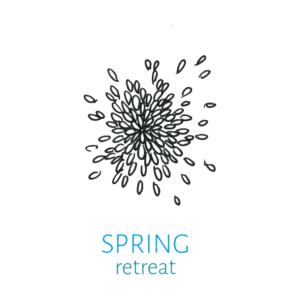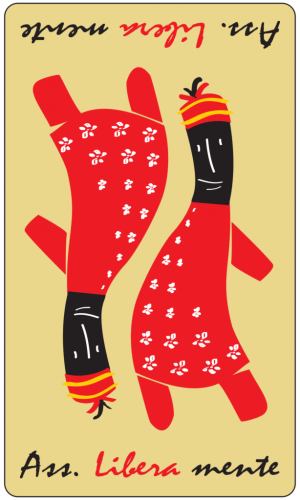In the depths of my being, the unique connection with the other takes place; the mystery of the other is nothing but the mystery of myself, as Merleau-Ponty states. There is a room specifically designed to be acoustically isolated from the outside and devoid of any echo: the so-called “anechoic chamber.” When one enters this environment and remains alone, no sound or noise can be heard. One has the impression of perceiving the most absolute silence, but soon subtle sounds emerge—those of the heartbeat and brain activity.
Absolute silence, in reality, cannot be heard because it does not exist. In theory, according to physics, absolute silence would only be achieved when nothing vibrates and everything is still, a condition corresponding to the thermodynamic state called “absolute zero.” However, every body with mass produces vibrations, i.e., sound waves. Pythagoras had already identified in sound the essence of the environment in which the entire cosmos is immersed, as it is generated by the mathematical proportions between the dimensions of bodies in motion.
Sound is environment, and at the same time, the environment is sound. It does not give things a life they do not possess, but rather reveals the being that already inhabits them: things do not exist for sound; they are sound itself.
Sound is movement, movement is gesture, gesture is body, and body is listening. The magic of sound leads human beings to listening, a form of perception that guides us from the outside to the inside of ourselves and vice versa. Music takes us on a mysterious journey that, besides captivating our senses, triggers transformations within us. A journey that never ends in the same place from which it started and that brings new physical and mental awareness, making us more complete. Everything touches us, shifting from one foreground to another, dragging us into a journey that belongs to our bodily, physical, and at the same time, mental sensitivity.
Emotions are born, which we feel but do not hear—a mystery that gradually unveils itself to embrace us in the fullness of our present being. We perceive energies, like resonances that attract or repel each other. Through listening, we become attentive to ourselves and to others. Listening turns into a deep reading of the event, the result of an inner perception. Everything starts from us, and everything returns to us. Listening and attention to the gesture are expressions of inner solidity and stability. Sound is like an internal force that moves to emerge on the surface, playing with the self-awareness that arises from movement.
Thus, sound is movement, movement is listening, and listening is silence. To be present in this process, it is necessary to develop an active silence, similar to a fertile void that, like a sound flow, nourishes the complex network of relationships between different areas of the brain and performs its extraordinary function of coloring each moment with emotions, evoking memories, and anticipating the future.
Nel profondo del mio essere avviene la singolare connessione con l’altro; il mistero dell’altro non è altro che il mistero di me stesso, come afferma Merleau-Ponty. Esiste una stanza appositamente progettata per essere acusticamente isolata dall’esterno e priva di qualsiasi eco: la cosiddetta “camera anecoica”. Quando si entra in questo ambiente e si rimane soli, non si avverte alcun suono o rumore. Si ha l’impressione di percepire il silenzio più assoluto, ma presto emergono suoni sottili, quelli del battito cardiaco e dell’attività cerebrale. Il silenzio assoluto, in realtà, non può essere udito, poiché non esiste. In teoria, secondo la fisica, il silenzio totale si raggiungerebbe solo quando nulla vibra e tutto è fermo, situazione che corrisponde allo stato termodinamico dello «zero assoluto». Tuttavia, ogni corpo dotato di massa produce vibrazioni, ossia onde sonore. Pitagora aveva già individuato nel suono l’essenza dell’ambiente in cui tutto il cosmo è immerso, poiché generato dalle proporzioni matematiche tra le grandezze dei corpi in movimento. Il suono è ambiente, e allo stesso tempo l’ambiente è suono. Esso non attribuisce alle cose una vita che non possiedono, ma rivela l’essere che già le abita: le cose non esistono per il suono, ma sono esse stesse il suono. Il suono è movimento, il movimento è gesto, il gesto è corpo e il corpo è ascolto. La magia del suono porta l’essere umano verso l’ascolto, una forma di percezione che ci orienta dall’esterno all’interno di noi stessi e viceversa. La musica ci guida in un viaggio misterioso che, oltre a catturare i nostri sensi, innesca trasformazioni dentro di noi. Un viaggio che non si conclude mai nello stesso punto di partenza e che apporta nuove consapevolezze fisiche e mentali, rendendoci più completi. Tutto ci attraversa, passando da un primo piano all’altro, trascinandoci in un percorso che appartiene alla nostra sensibilità corporea, fisica e allo stesso tempo mentale. Nascono emozioni, che sentiamo ma non udiamo, un mistero che si svela gradualmente per avvolgerci nella pienezza del nostro essere presente. Percepiamo energie, come risonanze che si attraggono o si respingono. Attraverso l’ascolto diventiamo consapevoli di noi stessi e degli altri. L’ascolto si trasforma in una lettura profonda dell’evento, il risultato di un percepire interiore. Tutto ha origine in noi e tutto torna a noi. L’ascolto e l’attenzione verso il gesto sono espressione di solidità e stabilità interiore. Il suono è una forza interna che si muove per affiorare in superficie, giocando con la consapevolezza di sé che emerge dal movimento. Pertanto, il suono è movimento, il movimento è ascolto e l’ascolto è silenzio. Per essere presenti in questo processo è necessario sviluppare un silenzio attivo, simile a un vuoto fertile che, come un flusso sonoro, nutre la complessa rete di relazioni tra le diverse aree cerebrali, colorando ogni istante di emozioni, evocando ricordi e anticipando il futuro.
